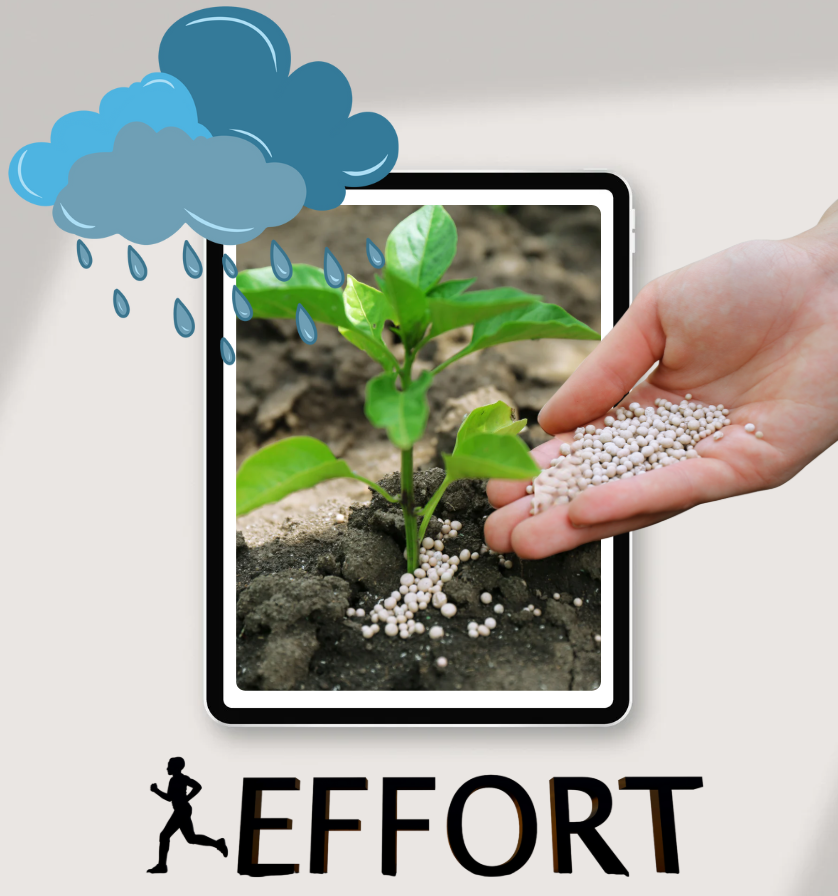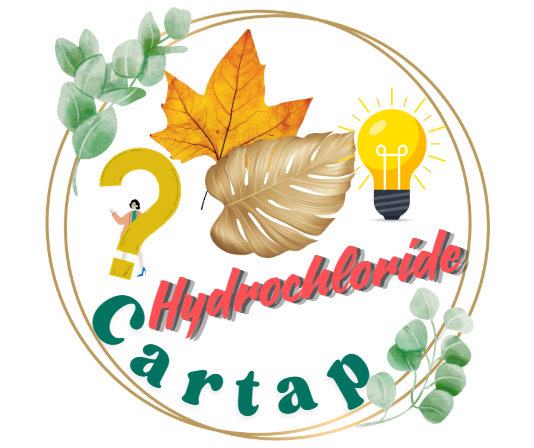
Does Cartap Hydrochloride Cause Leaf Burn or Yellowing? Causes and Solutions
Cartap Hydrochloride is a widely used insecticide favored by many farmers for its high effectiveness and low risk of leaf burn. However, there are still cases where leaves become scorched or yellowed after spraying, causing confusion about whether the issue is due to the product itself. So, does Cartap really cause leaf burn? What are the underlying causes, and how can it be resolved? Let’s find out in this article.
1. Can Cartap Hydrochloride Cause Leaf Burn?
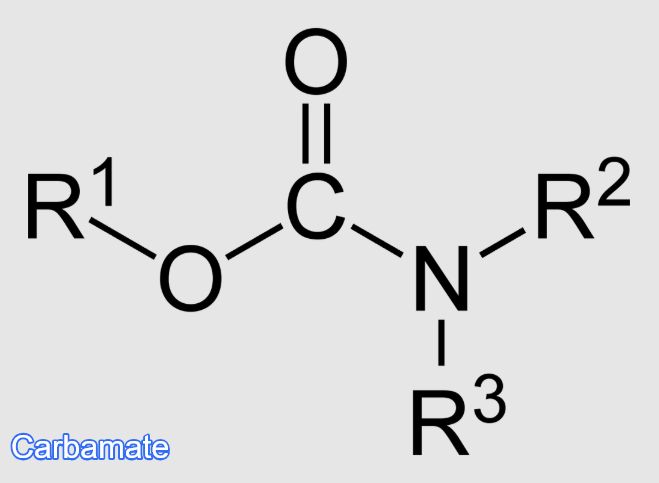
The answer is: It can – but not due to the chemical itself, rather from improper application.
✅ In nature:
- Cartap Hydrochloride belongs to the carbamate group, which is generally less phytotoxic and safer than other insecticides such as pyrethroids or organophosphates.
- When used correctly — at proper dosage, timing, and technique — Cartap does not cause leaf burn.
❌ However:
Some farmers have reported symptoms like:
- Scorched leaf edges, curled tips, or patchy yellowing after application.
- Flower or early fruit drop shortly after spraying.
These are secondary symptoms of leaf burn, not direct toxicity caused by Cartap itself.
2. Common Causes of Leaf Burn After Using Cartap
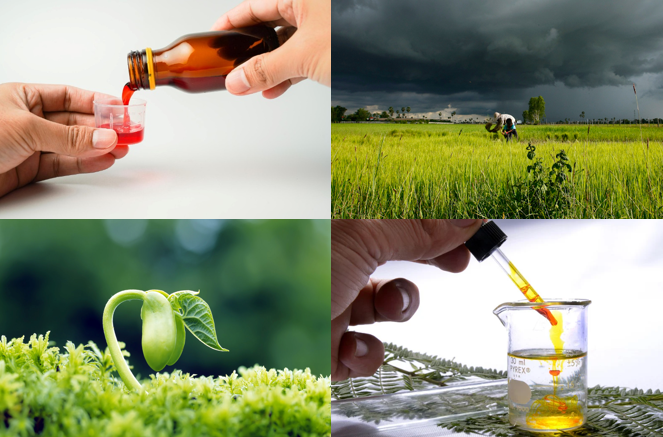
Below are the main causes of leaf burn or yellowing after Cartap application:
🔸 Incorrect Dosage
- Overdosing leads to excess active ingredient on plant tissues, damaging leaf cells.
- Some farmers spray "extra" to ensure effectiveness, which actually backfires.
🔸 Spraying at the Wrong Time
- During hot weather (above 33°C), the chemical layer on the leaf surface can amplify heat, causing tissue damage.
- Spraying just before rain can wash chemicals unevenly, creating localized burn spots.
🔸 Improper Mixing
- Mixing Cartap with fungicides (especially copper- or lime-based) without checking compatibility may cause chemical interactions that harm the plant.
- Combining with mineral oil at a high dose can also cause leaf scorching.
🔸 Spraying During Sensitive Plant Stages
- Plants that are water-stressed, nutrient-deficient, or in flowering or fruit-setting stages are more vulnerable and may show phytotoxic symptoms after spraying.
3. What to Do if Leaf Burn Occurs After Spraying
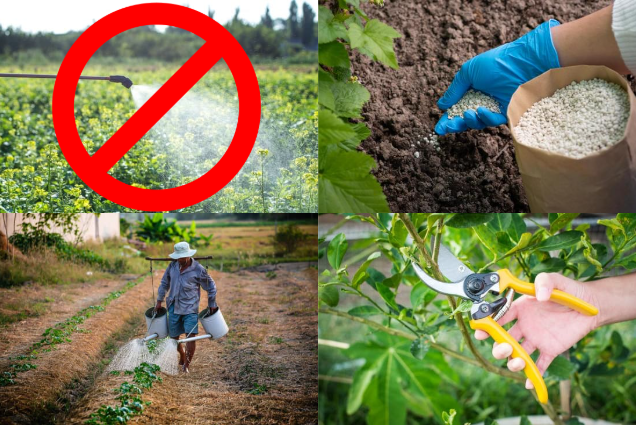
If symptoms appear after spraying, don’t panic. Follow these steps to help plants recover:
✅ Stop using any chemical sprays for the next 5–7 days.
✅ Maintain consistent watering, keeping the soil moist but not waterlogged.
✅ Apply mild foliar fertilizers rich in amino acids, humic acid, or seaweed extract to stimulate recovery.
✅ Prune heavily damaged leaves to prevent further stress (especially for vegetables or fruit trees).
✅ Monitor the plant over the next 3–5 days and resume regular care once it shows signs of recovery.
4. How to Prevent Leaf Burn When Using Cartap
To avoid leaf burn from Cartap Hydrochloride, farmers should strictly follow these guidelines:
|
Principle |
Application Details |
|
Correct Dosage |
Never exceed the recommended concentration |
|
Spray in Cool Hours |
Early morning or late afternoon; avoid sun and rain |
|
Check Compatibility |
Avoid mixing with copper- or lime-based fungicides |
|
Use Clean Water |
Don’t use pond, rusty, or contaminated water |
|
Rotate Active Ingredients |
Avoid repeated use of the same chemical group |
Conclusion
Cartap Hydrochloride does not cause leaf burn when used correctly, but can harm plants if misused — especially through overdosing, poor timing, or incompatible mixing. The key is to read the label carefully, apply the correct technique, and monitor plant response closely after spraying to make timely adjustments.
Bình luận
Những bình luận mới nhất
